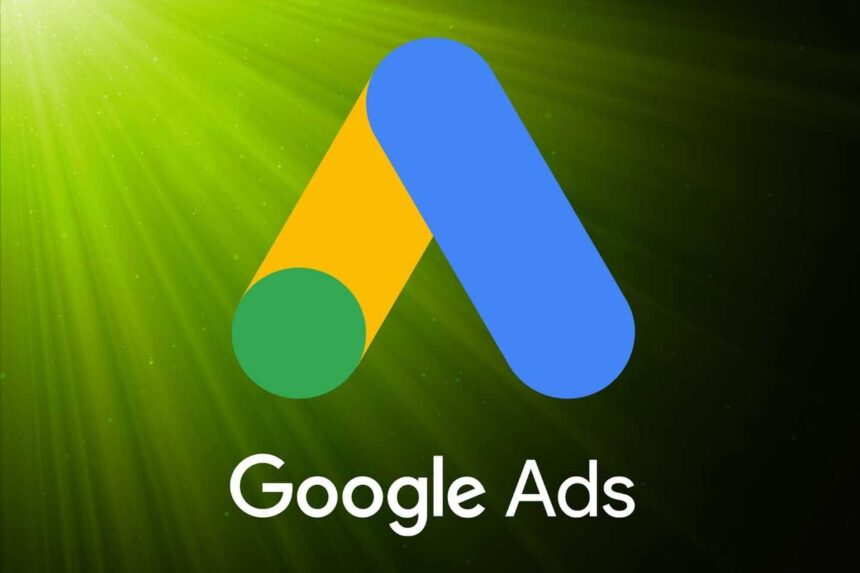Introduction: Understanding Page RPM in Google AdSense
If you’ve ever used Google AdSense to monetize your website or blog, you’ve probably come across the term Page RPM. For many beginners, it sounds like a technical metric, but in reality, it plays a huge role in determining how much money you earn from your traffic. Page RPM, or Revenue per Mille (thousand) page views, is not just a number—it’s a reflection of your content quality, audience behavior, and advertiser value.
- What is Page RPM in Google AdSense?
- History of Page RPM and Google AdSense
- Interesting Facts About Page RPM
- Timeline of Page RPM Evolution
- Significance of Page RPM
- Observance and Optimization of Page RPM
- Wishing for Higher RPM: Positive Thoughts for Publishers
- Important Points About Page RPM
- FAQs About Page RPM in Google AdSense
- Importance of Page RPM in Daily Life
- Conclusion: Daily Life Impact and Social Importance
In this article, we’ll explore the history, facts, FAQs, timeline, and significance of Page RPM in Google AdSense. We’ll also discuss its impact on daily life, importance in society, and provide positive wishes for publishers who want to maximize their earnings.
What is Page RPM in Google AdSense?
Page RPM stands for Revenue per 1000 page views. It is calculated as:
Page RPM=(Estimated earningsPage views)×1000\text{Page RPM} = \left(\frac{\text{Estimated earnings}}{\text{Page views}}\right) \times 1000
For example, if your website earns $5 from 2,000 page views, then your Page RPM would be:
(52000)×1000=$2.50\left(\frac{5}{2000}\right) \times 1000 = \$2.50
This metric helps publishers understand how much they are earning for every thousand page views.
History of Page RPM and Google AdSense
2003: Google launched AdSense, allowing website owners to display ads and earn money. At that time, most publishers only focused on CPC (Cost per Click).
2005 – 2007: With the rise of blogs and content-based websites, Google started introducing advanced reporting metrics like CTR (Click-Through Rate) and RPM.
2009 – 2012: Page RPM became a standard metric inside the AdSense dashboard, making it easier for publishers to track earnings per traffic rather than per click.
2015 onwards: As content marketing and SEO grew, publishers began optimizing for RPM instead of just clicks. This helped them balance user experience with ad placements.
2020 – Present: With the rise of programmatic advertising, RPM became even more significant as it reflects not just ads clicked, but the overall value of your content to advertisers.
Interesting Facts About Page RPM
Not fixed: Page RPM changes daily based on traffic quality, geography, and advertiser demand.
Higher in developed countries: Traffic from the US, UK, and Canada usually brings a higher RPM compared to countries with lower ad competition.
Niche-specific: Finance, technology, and health blogs often get higher RPMs compared to lifestyle or entertainment sites.
Seasonal impact: RPM rises during festive and shopping seasons (e.g., Black Friday, Diwali) because advertisers spend more.
Influenced by user device: Desktop traffic usually generates higher RPM than mobile due to better ad placement visibility.
Indirectly connected to SEO: More relevant traffic leads to higher ad engagement, improving RPM.
Not your actual earnings: Page RPM is just an estimate—your real earnings depend on the number of page views.
Timeline of Page RPM Evolution
2003 – Google AdSense launched.
2005 – Introduction of CPC & CTR as main metrics.
2009 – RPM introduced for better clarity.
2015 – RPM optimization strategies became popular.
2018 – Machine learning & smart bidding influenced RPM.
2020 – Pandemic shifted ad budgets, RPM fluctuated widely.
2023 – 2025 – AI-driven ad placements and first-party data tracking made RPM more dynamic and personalized.
Significance of Page RPM
The significance of Page RPM goes beyond numbers:
For Publishers: It’s a clear way to measure the value of their content.
For Advertisers: It shows which sites bring better returns.
For Readers: Higher RPM often means better-targeted ads and improved site quality.
For Society: Page RPM motivates creators to produce quality content, which educates and entertains millions worldwide.
In simple terms, Page RPM is a bridge between content and commerce.
Observance and Optimization of Page RPM
Publishers often “observe” their RPM daily and optimize content accordingly. Some proven optimization methods include:
Improving content quality – Engaging, long-form, and SEO-friendly articles attract higher-value advertisers.
Placing ads strategically – Above the fold, in-content, and responsive ads improve visibility.
Focusing on high-RPM niches – Finance, real estate, travel, and technology.
Attracting premium geographies – Target audiences from countries with higher advertiser spending.
Balancing UX with ads – Too many ads reduce traffic, which lowers RPM.
Wishing for Higher RPM: Positive Thoughts for Publishers
May your hard work in creating content bring you high Page RPMs and stable earnings.
Wishing you consistent growth in your AdSense revenue as your content reaches more people.
May your creativity and effort translate into value for readers and advertisers alike.
Here’s to a future where your RPM reflects not just money but the impact of your words.
Important Points About Page RPM
Page RPM is not fixed; it depends on multiple factors.
It should always be seen as a performance indicator, not an absolute measure.
RPM can be improved with SEO, audience targeting, and smart ad placements.
It plays a key role in monetization strategy for bloggers, YouTubers, and publishers.
RPM fluctuations are normal and should not be a reason for panic.
FAQs About Page RPM in Google AdSense
Q1. Is a high Page RPM always good?
Yes, but it also depends on page views. A high RPM with low traffic won’t generate high earnings.
Q2. What is the average Page RPM?
It varies by niche, but globally, most websites see RPMs between $1 – $10, while premium niches can cross $50+.
Q3. Can I control my RPM?
You can’t control it directly, but you can optimize content, traffic sources, and ad placements.
Q4. Why does RPM fluctuate daily?
Because of ad demand, user behavior, location of visitors, and advertiser competition.
Q5. Does RPM affect CPC?
Indirectly, yes. RPM is influenced by CPC, CTR, and page impressions, but it is a broader earning metric.
Importance of Page RPM in Daily Life
For millions of digital creators, Page RPM directly impacts their livelihood. Students, freelancers, entrepreneurs, and full-time bloggers rely on RPM to:
Pay bills and household expenses.
Support families through online earnings.
Invest in education, travel, and personal growth.
Gain financial independence through digital careers.
Thus, RPM is not just a business metric, but a life-changing factor in today’s digital economy.
Conclusion: Daily Life Impact and Social Importance
Page RPM in Google AdSense is more than a technical term—it is the heartbeat of digital publishing. It determines whether a creator’s work is valued in the online economy. A strong RPM means that advertisers find value in your content, readers engage with it, and you earn fairly for your effort.
In daily life, this translates to financial security, motivation to create quality content, and opportunities for growth. For society, higher RPM inspires creators to share knowledge, stories, and innovations that enrich our collective lives.
So, the next time you log in to AdSense, remember—your RPM is not just a number; it’s a reflection of your journey as a digital creator.
✨ Wishing you high RPMs, steady traffic, and endless success in your content journey!









Very good site you have here but I was curious about if you knew of any message boards that cover the same topics talked about in this article? I’d really love to be a part of online community where I can get responses from other experienced individuals that share the same interest. If you have any recommendations, please let me know. Thank you!
You should participate in a contest for top-of-the-line blogs on the web. I’ll suggest this website!